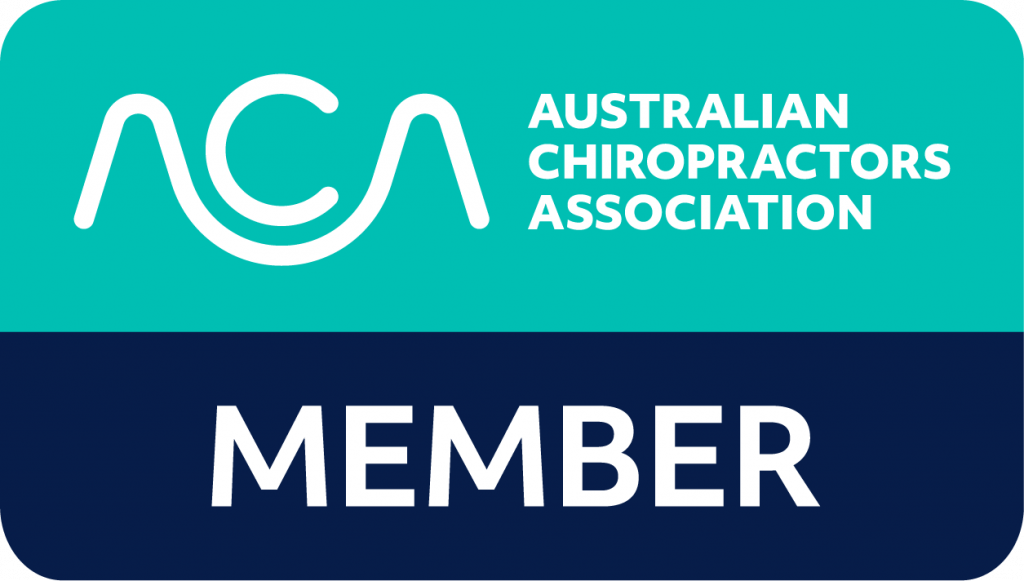Blog
Core Stability and Lower Back Pain

Core stability is something that has become much more well known in recent years. The trouble is that with the increase in popularity there has been a lot of misinformation.
There is a muscle called your transversus abdominus that wraps around your stomach and attaches into the lower back and the pelvis.
This muscle combined with your pelvic floor and diaphragm muscles, make up the muscles involved in core stability.
What is supposed to happen is that when we move and lift, these muscles are supposed to contract and stabilise our lower back.
Unfortunately what often happens is that these muscles become deconditioned through injury or disuse. As a result the lower back doesn’t have the stability that it needs to move and it is therefore more prone to injury and damage.
Core stability focuses upon improving the function of these muscles.
Research on core stability
The concept of core stability came from some Australian research on postural control which showed that the transversus abdominus muscle had difficulty contracting in people with lower back pain.
Further research showed that it was actually the case that this muscle had trouble achieving and sustaining a low-grade contraction. The suggestion was put forward therefore that people should train this muscle in order to improve the lower back pain.
Unfortunately people appear to have focused upon training this one muscle rather than training the group of muscles the transversus belongs to.
In order to properly treat any core instability that may be present it is necessary to examine and assess what is actually going on in the lumbar spine. There may in fact be no problem with stability of the spine and the pain can because by other things. Rushing ahead and improving core stability in the situation could actually be damaging to the spine.
Chiropractic for core stability & lower back pain
Epping chiropractor Dr Gus Gunther looks at a variety of factors when somebody presents with lower back pain. Part of what he assesses for is this core stability however he will also look at the movement of the spinal joints, the function of the muscles in the lower back, and any other mechanical problems that may be present.
So while it is true that many people do have problems with decreased muscle tone in the lower back, it is frequently only part of the problem.
As a result if you’re suffering from lower back pain it is advisable to be assessed by an expert in the care of spinal disorders before undertaking any exercise regime.
Get in touch
If you’re unsure if your condition is suitable for a lower back exercise program, give Dr Gunther a call on (02) 9868 2509 and he will be happy to answer any questions that you may have.

